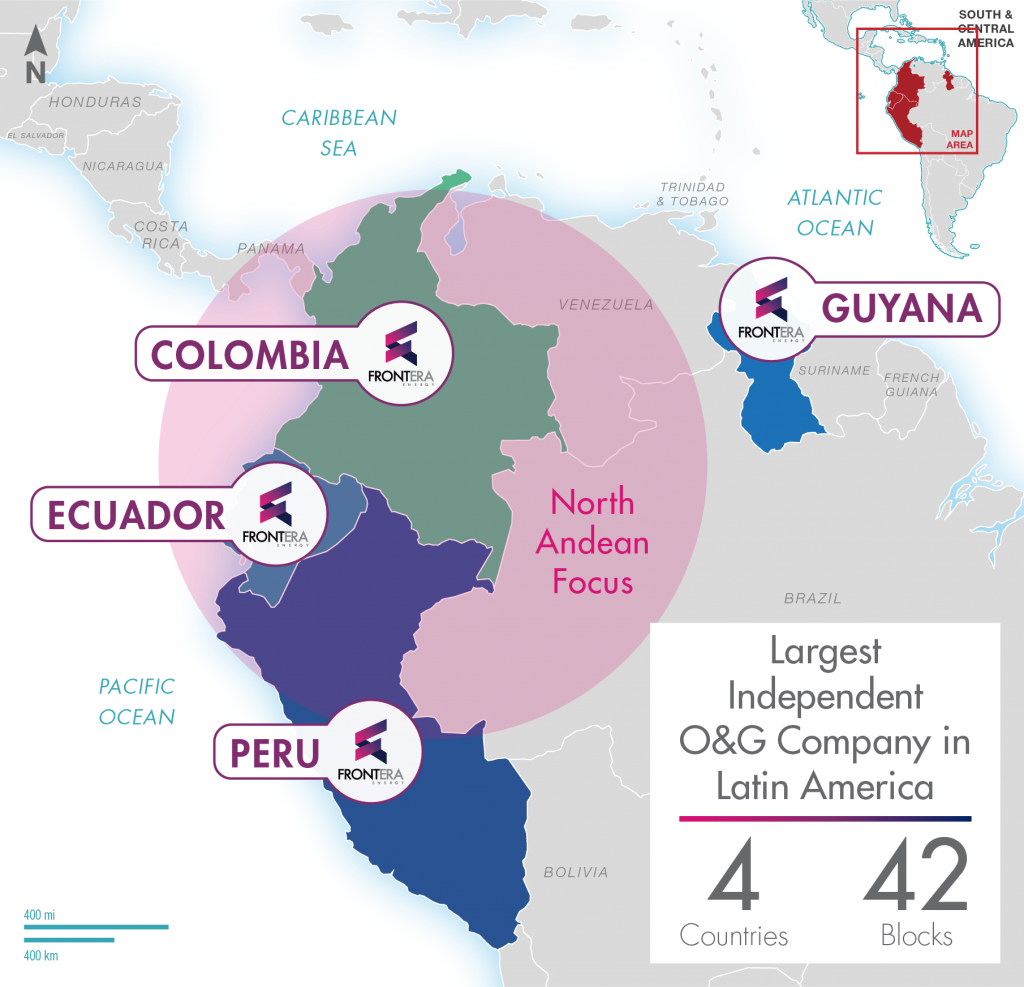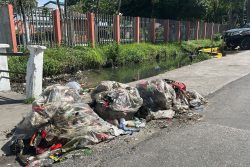Canadian oil company Frontera’s recent payment of a US$33 million signing bonus for a 33% working interest in two blocks offshore Guyana without any confirmed commercial quantities of oil, should signal to government how much it lost when it renegotiated its Production Sharing Agreement (PSA) with ExxonMobil’s subsidiary in 2016 and got a mere US$18 million.
So says former Petroleum Advisor to the government Jan Mangal who pointed out that when government renegotiated the PSA with ExxonMobil’s subsidiary Esso Exploration & Production Guyana Limited (EEPGL), and partners back in 2016, the company already boasted confirmed reserves of over 1.4 billion barrels of oil.
 “Please remember there was already 1.4 billion barrels of oil confirmed when Guyana accepted the pittance of US$18 million for a signing bonus, the pittance of less than 2% royalty, and forfeited billions in tax,” Mangal told Stabroek News pointing to the zero corporate tax rate the company benefits from.
“Please remember there was already 1.4 billion barrels of oil confirmed when Guyana accepted the pittance of US$18 million for a signing bonus, the pittance of less than 2% royalty, and forfeited billions in tax,” Mangal told Stabroek News pointing to the zero corporate tax rate the company benefits from.
“Is there any confirmed oil in the CGX block? No, there is not,” he added.
In late May, oil explorer Frontera Energy Corporation, finalised a joint venture agreement with fellow Canadian oil explorer CGX Energy Inc under which it obtained a 33.33 per cent working interest in CGX’s two offshore blocks. Under the terms of the agreement, Frontera was required to pay a signing bonus of US$33.33 million.
“On May 28, 2019, the transfers of the 33.333% interest in both the Corentyne and Demerara Prospecting Licenses were completed. The transfers are effective May 20, 2019,” CGX had said in a statement.
CGX, under a renegotiated work plan with the Guyana Government, is required to drill its Utakwaaka well on the Corentyne block by November 27, 2019 with an additional exploration well to be drilled by November 27, 2022. The Corentyne block amounts to 1,125,000 net acres offshore Guyana in shallow water, adjacent to ExxonMobil’s Stabroek block.
On the 750,000 net acres offshore Demerara block, an exploration well is required to be drilled by February 12, 2021 with a further exploration well by February 12, 2023.
CGX had previously faced financial issues and the joint venture agreement with Frontera sought to enable CGX to finance the drilling costs related to the two offshore blocks and also provide financial support as a critical step in a series of transactions that CGX sought to undertake in order to restructure its liabilities and provide for sufficient working capital to enable it to advance its offshore exploration projects in Guyana.
6.6 Million Acres
Mangal said that Frontera’s US$33 million signing bonus has to be looked at holistically and pointed out that the nation must be reminded that Exxon paid Brazil close to US$1 billion, without confirming oil in their pre-salt basin, for 71,500 acres.
The Stabroek Block, is 6.6 million acres (26,800 square kilometers). The block is equivalent in size to 1,150 Gulf of Mexico blocks and contains multiple prospects and play types representing additional multibillion barrel unrisked exploration potential, according to ExxonMobil’s partner in the block, Hess.
With more than three quarters of the block still to be explored, Exxon has already made 13 discoveries and has estimated gross recoverable resources of approximately 5.5 billion oil-equivalent barrels.
“In Brazil there was no confirmed oil but Exxon paid a signing bonus of close to US$ 1 billion. And our politicians continue to forfeit tax on other blocks, even this year,” Mangal lamented.
Mangal also said that Guyana should have been wary of not only its deal with ExxonMobil but should examine oil blocks given to small companies like CGX, Ratio and Mid Atlantic Oil and Gas. The owners of the latter companies will reap large monetary rewards when they farm out portions of their blocks, he said.
“These little speculators like CGX, Ratio, and Mid-Atlantic…are never good for a country. Whenever you see those getting blocks, you know the country is being royally screwed,” he said.










